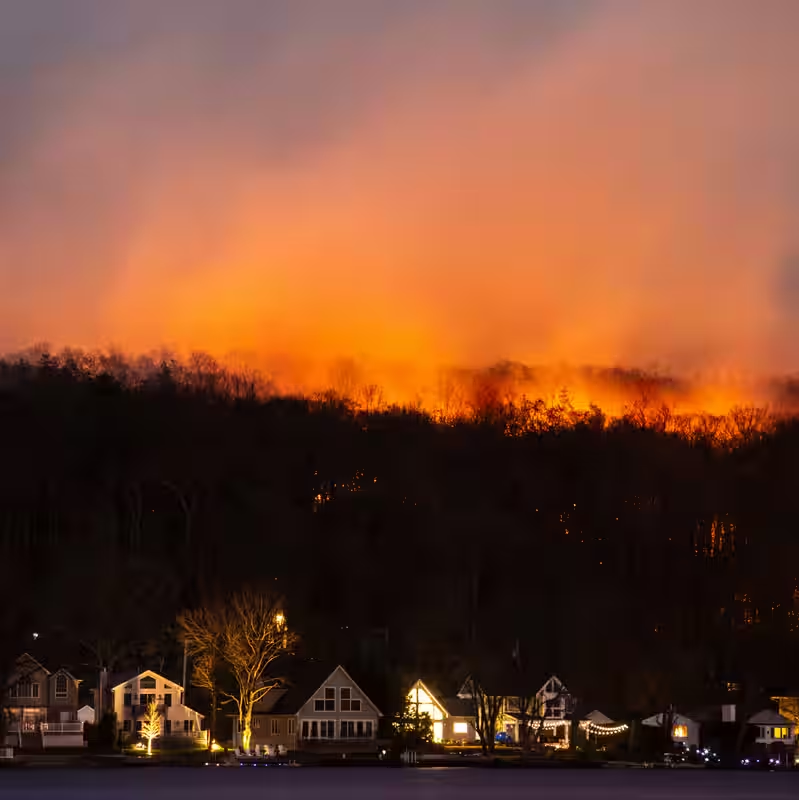The planet just hit a grim new milestone: carbon dioxide (CO2) levels surged at the fastest annual rate since modern recordkeeping began over 60 years ago, according to a new World Meteorological Organization (WMO) report released Thursday.
This record-breaking jump—driven in large part by unprecedented wildfire activity—has scientists sounding urgent alarms about the accelerating pace of climate change and the diminishing window to avoid catastrophic warming.
CO2 Levels: A Historic Surge in 2024–2025
The WMO’s Greenhouse Gas Bulletin reveals that atmospheric CO2 concentrations rose by 3.5 parts per million (ppm) between 2024 and 2025—the largest single-year increase ever recorded. For context, the pre-industrial CO2 level was about 280 ppm. Today, it stands at a staggering 427 ppm.
“This isn’t just a blip—it’s a red flag,” said Dr. Elena Martinez, a senior climate scientist at the WMO. “The speed of this rise suggests natural carbon sinks like forests and oceans are being overwhelmed, and extreme events like wildfires are now feeding the problem.”
Why Wildfires Are Supercharging CO2 Emissions
While fossil fuel combustion remains the primary driver of long-term CO2 buildup, the 2024–2025 spike appears heavily influenced by a global wave of megafires:
- Canada’s 2024 fire season burned over 18 million hectares—the worst in recorded history—releasing an estimated 1.5 billion tons of CO2.
- Greece, Portugal, and Australia saw record-breaking blazes fueled by heatwaves and drought.
- The Amazon rainforest, once a massive carbon sink, is now emitting more CO2 than it absorbs in some regions due to deforestation and fire.
“Wildfires used to be a temporary carbon release,” explained Dr. Kenji Tanaka of the Scripps Institution of Oceanography. “Now, with climate change drying out ecosystems, they’re becoming a self-reinforcing feedback loop.”
What This Means for Global Climate Goals
The Paris Agreement aims to limit global warming to “well below” 2°C above pre-industrial levels. But with CO2 rising this fast, even 1.5°C may be out of reach without drastic intervention.
| Year | Atmospheric CO2 (ppm) | Annual Increase |
|---|---|---|
| 2023 | 423.5 | +2.8 ppm |
| 2024 | 427.0 | +3.5 ppm (record) |
| Pre-industrial (1750) | ~280 | — |
Experts warn that if this trend continues, the world could cross the 450 ppm threshold—associated with 2°C warming—by the early 2030s.
A Call for Emergency Climate Action
The WMO report urges governments to:
- Accelerate the phaseout of fossil fuels.
- Invest in wildfire prevention and forest restoration.
- Strengthen early-warning systems for extreme weather.
- Boost funding for carbon monitoring and climate adaptation.
“We can’t control every wildfire,” said WMO Secretary-General Petteri Taalas, “but we can control the root cause: human-driven climate change.”
The Bottom Line
The record CO2 jump is more than a statistic—it’s a symptom of a planet under stress. As wildfires grow more intense and frequent, they’re no longer just a consequence of climate change but a driver of it. Without immediate, coordinated global action, this alarming trend may become the new normal.




